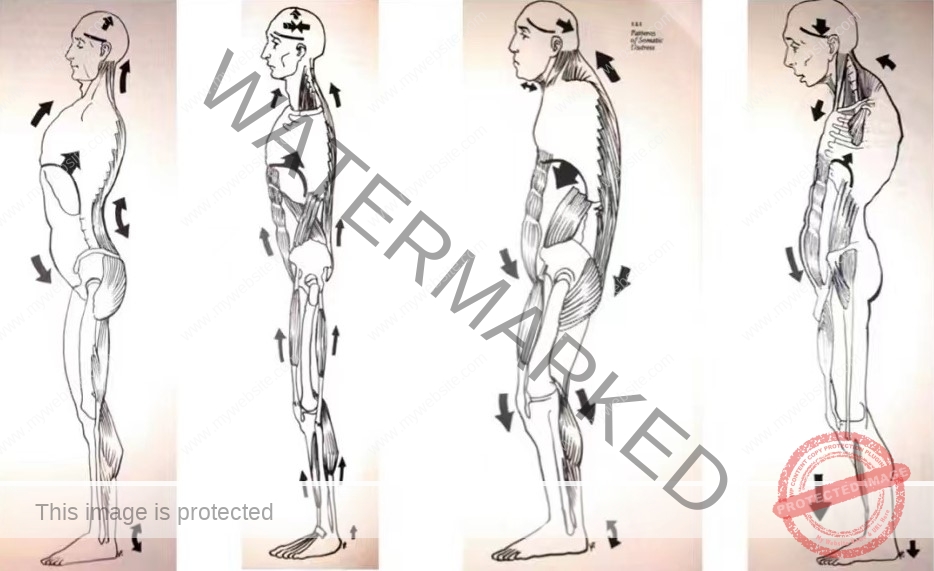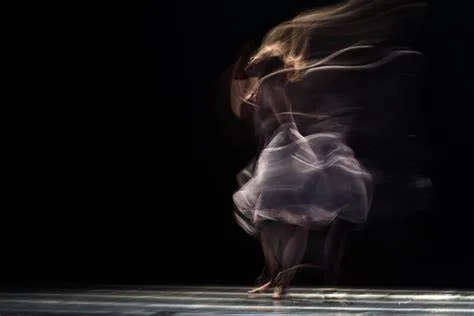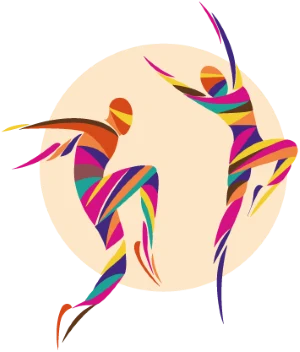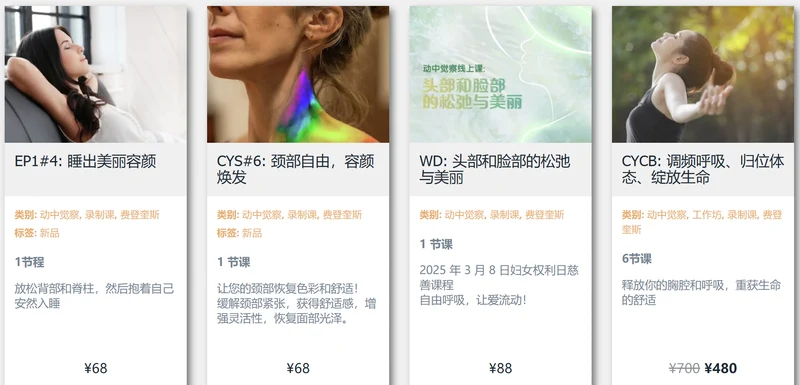“What do we do with what has made us what we are? “
Postures and Emotions: The Unfinished Events
Our physical postures are the visible results of our unfinished or incomplete movements. They are created when, for emotional or physical reasons, the velocity of the movement becomes zero, or the movement is interrupted, or the body freezes. Every day, our bodies carry and support the imprints of these incomplete movements, which remain frozen where movement should continue. Over time, these postures become familiar, shaping the way we sit, stand, walk and breathe.

Our emotional states are closely linked to these postures. Fear, anxiety, joy, sadness – each emotion subtly influences the way we move. Movement is rarely just physical; it is also a reflection of our inner emotional world, or more precisely its expression, without which our emotional state has no existence. These ‘frozen movements’ then become markers of our past experiences, often without our knowledge.
The body is in a constant quest for balance, not only in relation to gravity, but also between movement and stillness, between flow and pause… Each posture we adopt tells a story, a moment when emotion and movement met.
By becoming aware of these movements and postures, we can recognise the emotions buried within them and eventually choose to release them.
In this way, we travel not only towards greater physical balance, but also towards emotional balance.
The Influence of Unfinished Events
Life is full not only of unexpected events, but also of interrupted situations, of movements that are never completely finished. Whether it’s a sudden pause in a conversation, a physical reaction to stress, a repressed emotion or an unmade decision, these unfinished events settle into our bodies and minds. Over time, they shape our postures and create patterns of movement and behaviour that can restrict our freedom.
Let’s take the example of an argument that remains unresolved, where the words get stuck in the throat, the anger unexpressed. This imposed silence becomes more than an absence of sound: it freezes the body. Shoulders tense, breathing becomes shallow, and this tension can persist long after the situation has been forgotten. Each time a similar situation arises, the body, without our being aware of it, reacts in the same way, reinforcing this defence pattern, frozen in the unspoken.

Another example is when a decision has not been taken. Perhaps it was an important opportunity, a crucial choice, but fear or hesitation interrupted the action. This inaction, this ‘frozen movement’ can create a feeling of powerlessness that is reflected in the posture: slumped shoulders, bowed head, as if the body were carrying the weight of this unassumed decision.
In many situations, interrupting an event, or having it interrupted, leaves us in a state of expectation, frustration, fear or dissatisfaction, which encourages neither movement nor interaction. On the contrary, it ‘freezes’ what could be fluid and enjoyable. When a movement or action is interrupted, whether by an external factor or by ourselves, this forced pause creates a kind of internal tension. This can manifest itself in repetitive behaviour or defensive postures. The body remembers interrupted gestures and unreleased emotions, and it becomes more difficult to regain this lightness of movement or spirit.
Over time, these interrupted movements become patterns in which we may feel mentally comfortable, but which restrict our freedom of expression and movement. The body freezes in these habitual postures, the breath becomes shorter, and the pleasure of moving freely fades.
The Dynamic Process of Awareness
To regain this lost freedom, we need to revisit these unfinished movements and set them free.
It’s not a question of correcting a posture to adopt a new one, but of reconnecting with the organic fluidity of our movements made possible by the uniqueness of our own bodies.
Nor is it a question of copying or conforming to the movements or thoughts of a third party, but rather of using our own inner resources to open up new perspectives of our own.
Becoming aware of these unfinished events opens up new possibilities for our body and our mind to move. This process enables us not only to rediscover more fluid movement, but also greater inner freedom, by reconciling action and emotion where they have been interrupted.

The Feldenkrais Method® emphasises this awareness of incomplete movement. Through gentle exploration, we can begin to awaken the body’s capacity to move more freely. By reconnecting with these frozen movements, we give them the opportunity to be completed, restoring a sense of fluidity and ease.
This process is not just about physical movement; it also invites emotional pacification. By releasing long-held postures, we give ourselves the opportunity to free ourselves from the emotions or mental postures associated with them, opening up new possibilities for balance and well-being.
However, it is of great importance, to stay away from the idea that any bodily expression, whether movement or posture, is solely the result of emotional expression. Indeed, the body itself, develops and changes according to its own natural rhythms, independently of emotional states.
It’s up to each individual to make the difference – by cultivating awareness of what is emotional and what belongs to the body’s natural, intrinsic processes.

Herein lies the key to understanding the dynamic process of awareness – the conscious recognition of the emotional and non-emotional forces at play in our postures and actions. Through this process, we become aware of our movements, our pauses, and the stories our bodies tell, whether emotional or physical.
The journey towards greater freedom of movement is also a journey towards greater emotional resilience. By completing these unfinished events, we create the space for new, free patterns to emerge that bring us greater comfort, balance and confidence in our everyday lives.
In the process, we not only improve the way we move, but also learn to release emotional and physical tension, and to clear our mental postures. This brings a sense of ease, not only in the way we use our bodies, but also in the way we relate to the people around us.


